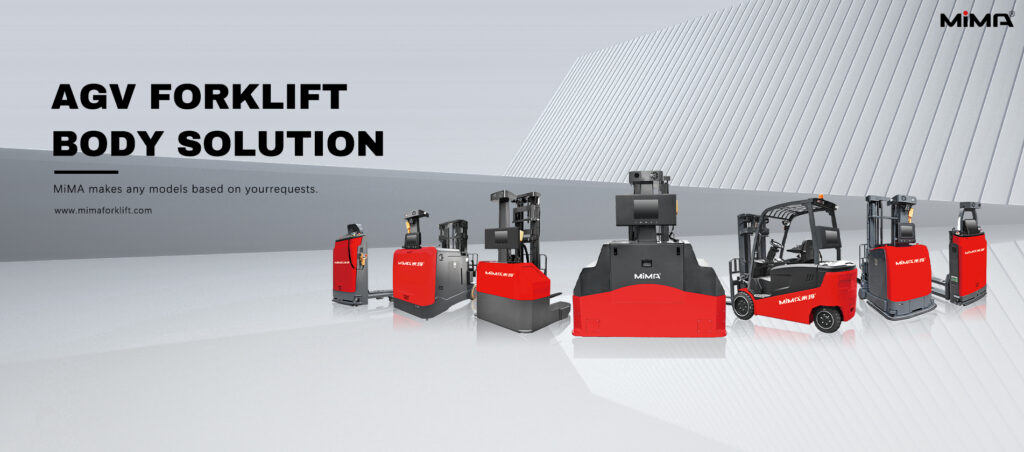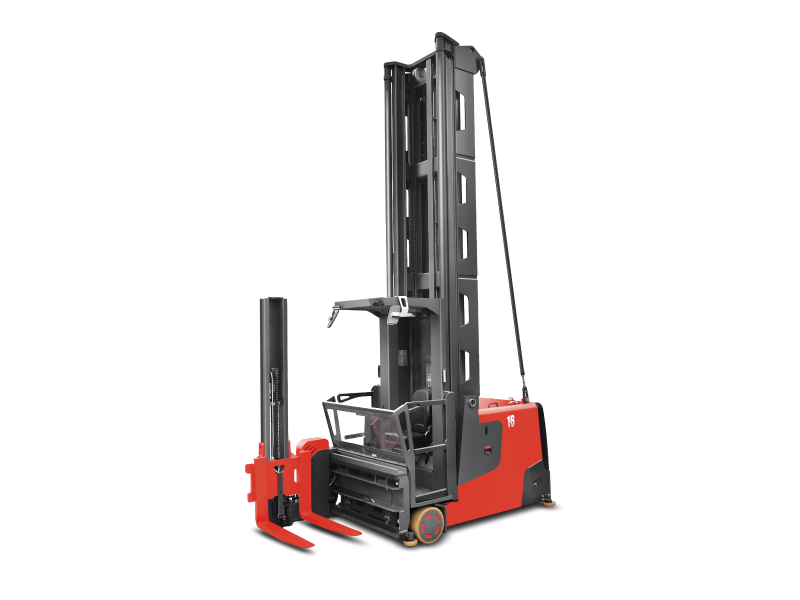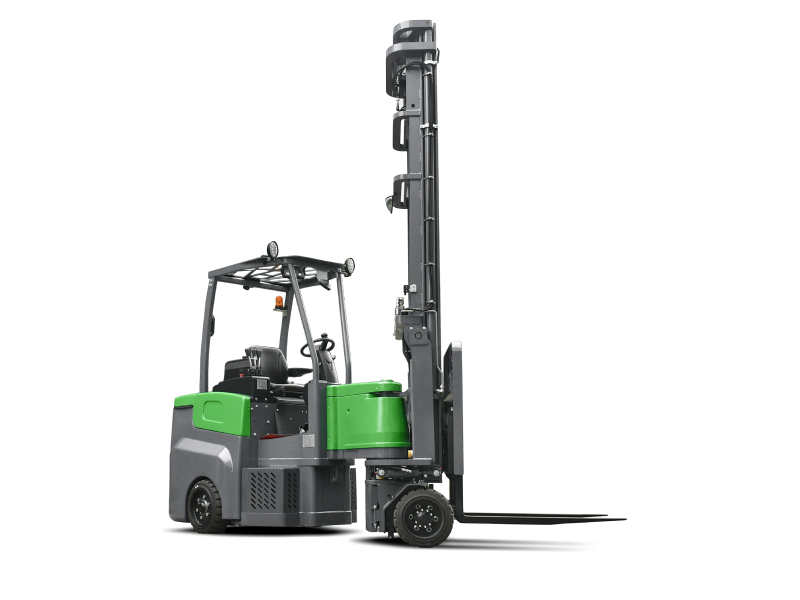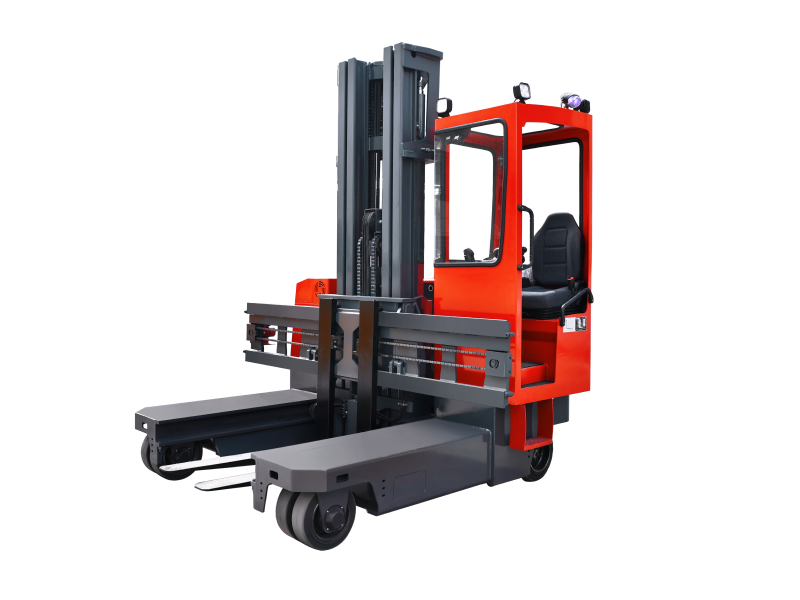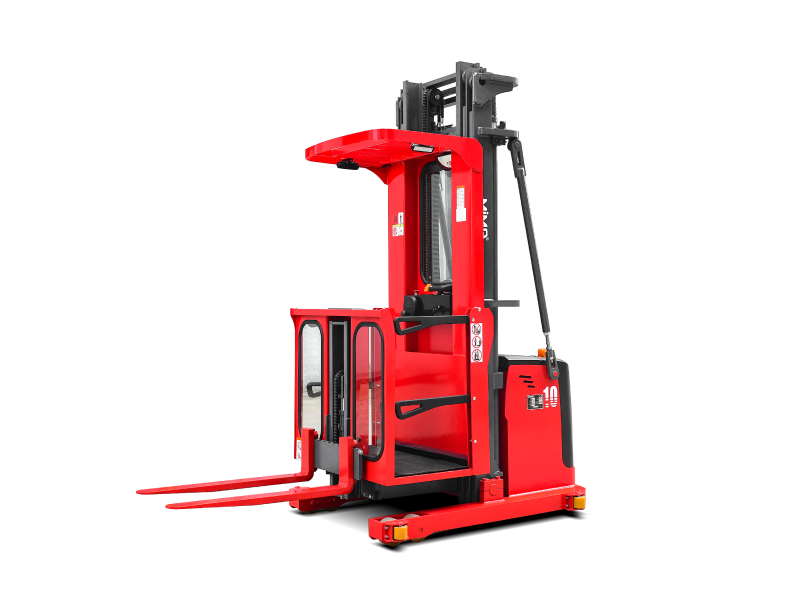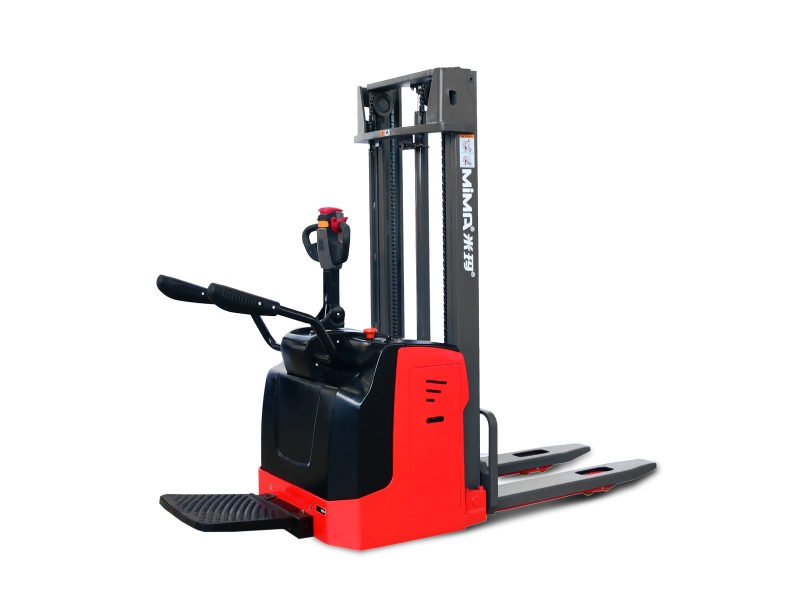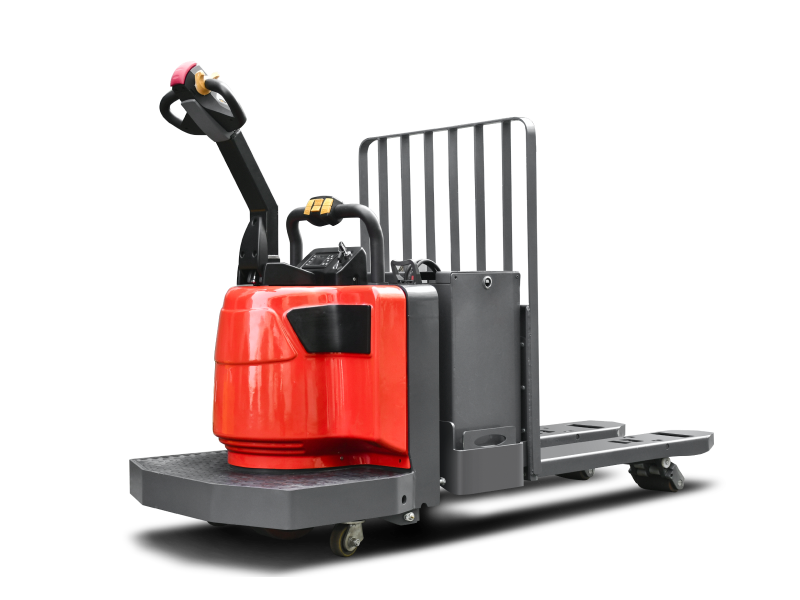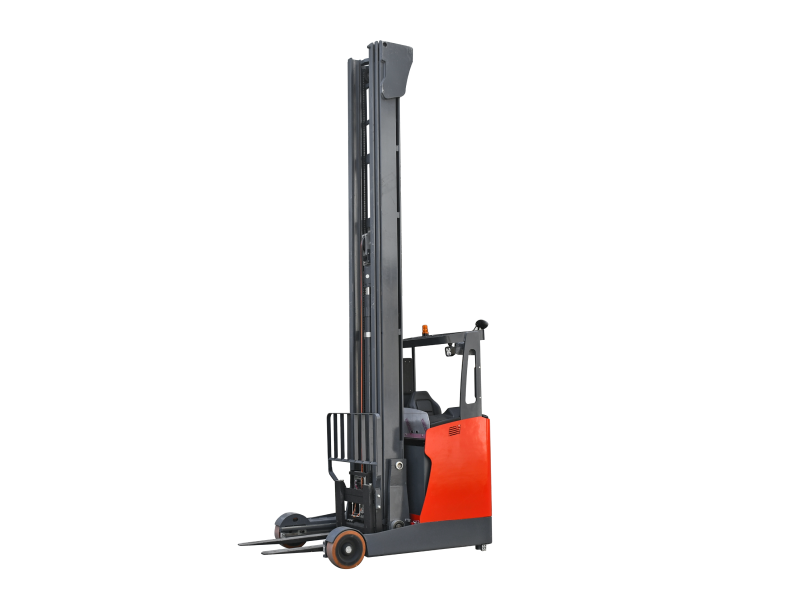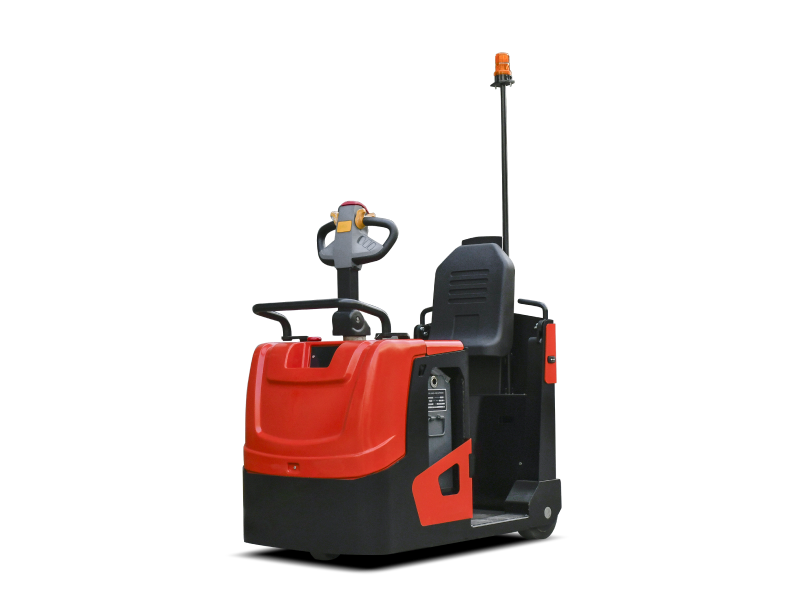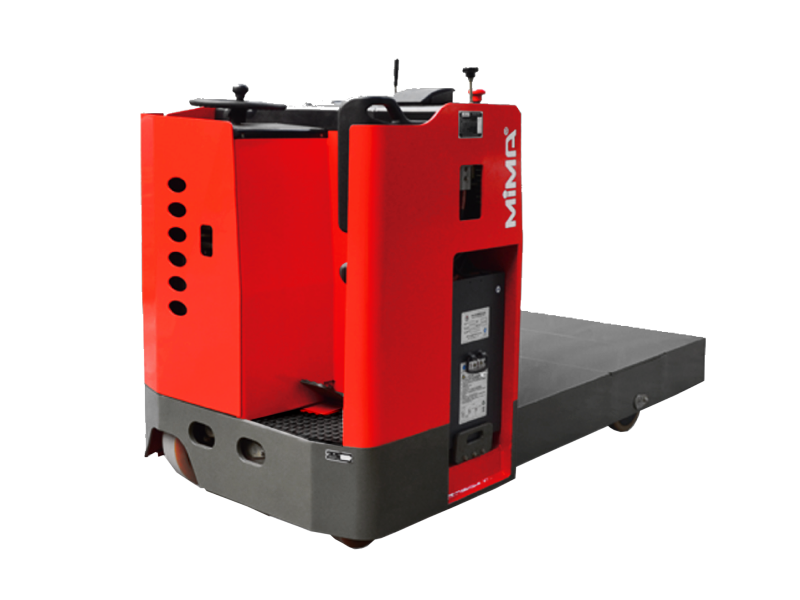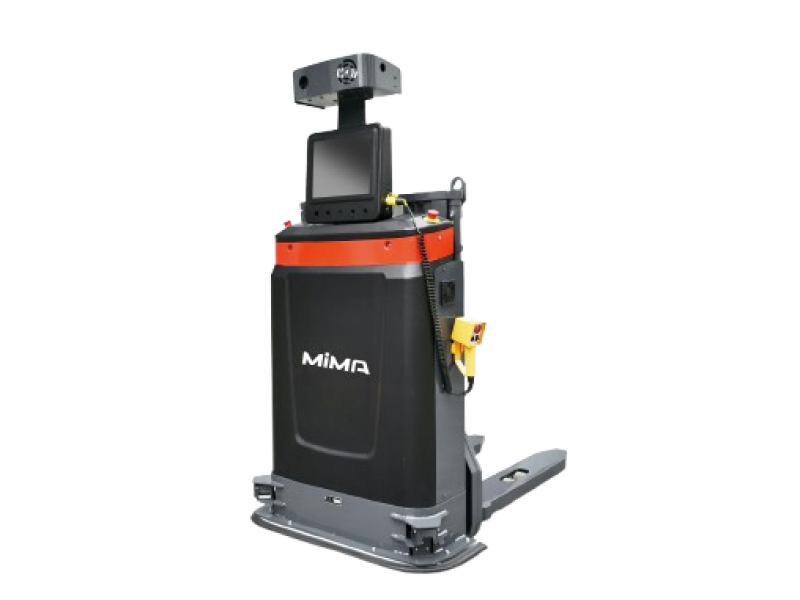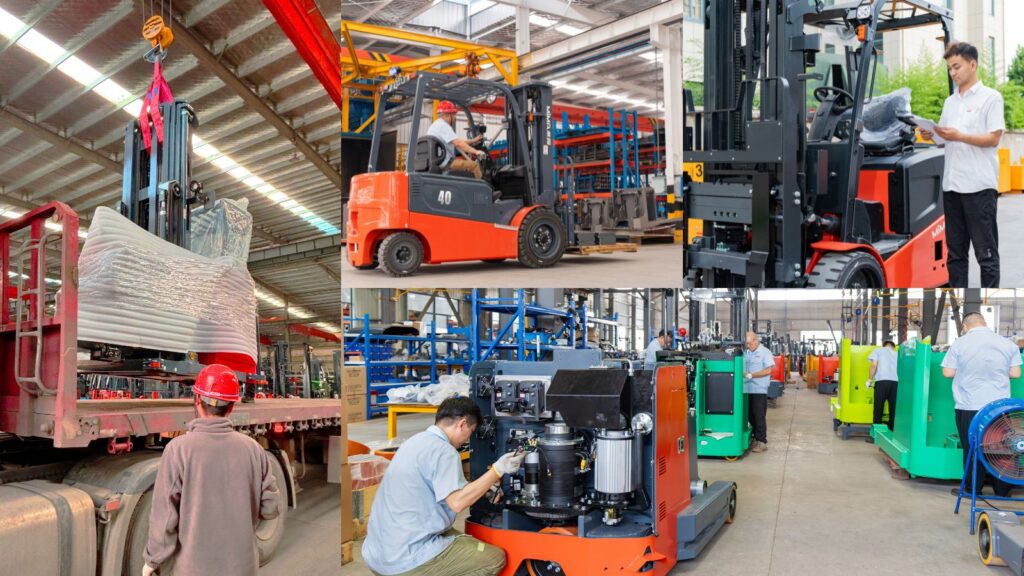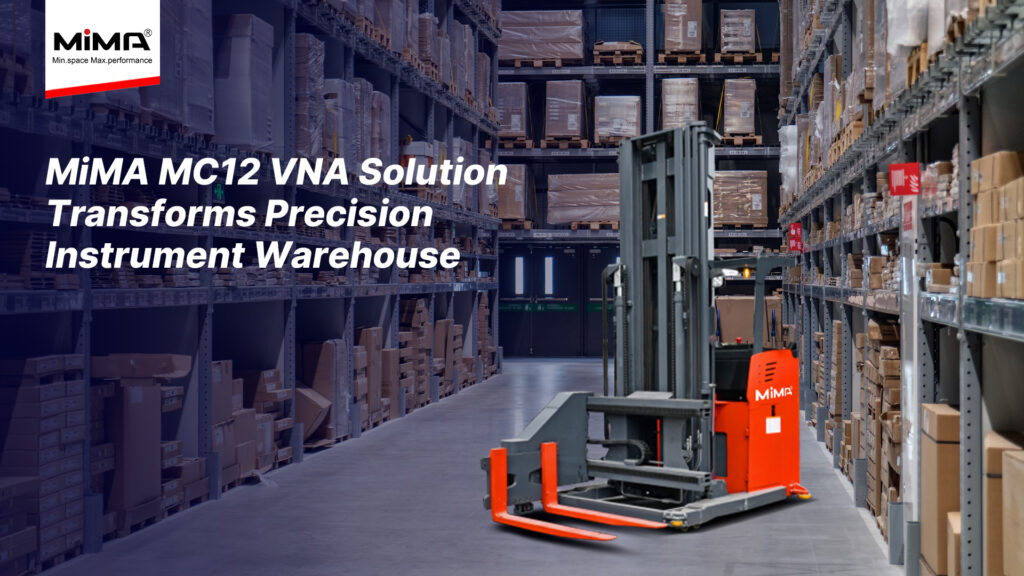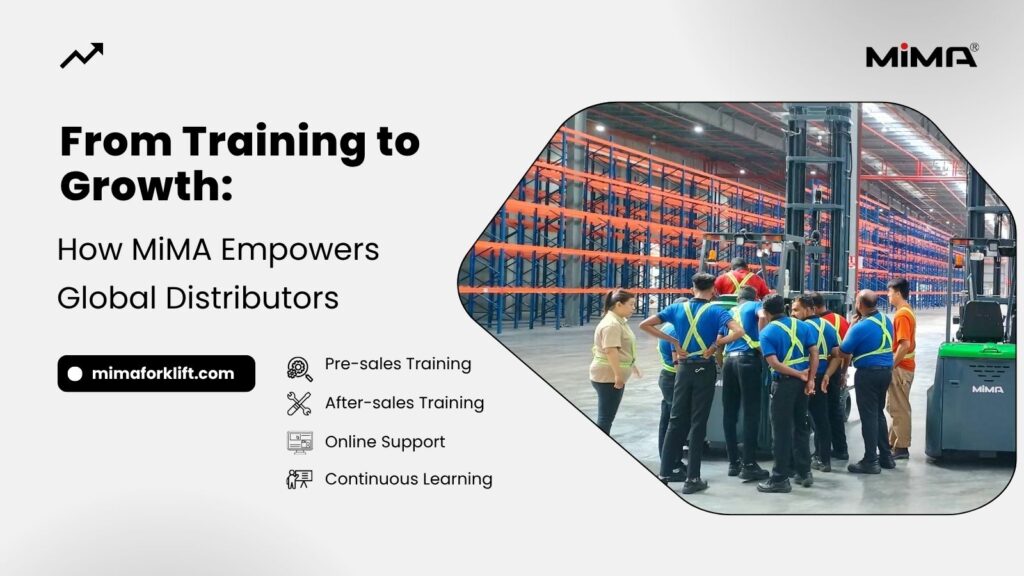Understanding AGVs: The Basics
AGVs are mobile robots designed to navigate autonomously within a defined space, typically a warehouse or a factory floor. They operate by following pre-programmed routes and can be guided by various means, such as magnetic tape, laser guidance, or even advanced vision systems. The primary function of AGVs is to transport materials from one point to another with minimal human intervention.
How AGVs Work
AGVs are equipped with a suite of sensors and navigation systems that enable them to move around their environment safely and efficiently. Here’s a closer look at the key components and technologies that make AGVs work:
- Navigation Systems: AGVs use different types of navigation systems to find their way around. Magnetic tape guidance involves laying down a magnetic strip on the floor, which the AGV follows using sensors. Laser guidance systems use reflective markers placed around the facility, and the AGV calculates its position relative to these markers. Vision systems, on the other hand, use cameras to recognize landmarks or patterns in the environment.
- Sensors and Safety Features: Modern AGVs are equipped with a variety of sensors, including proximity sensors, collision avoidance systems, and emergency stop mechanisms. These sensors ensure that the AGV can detect obstacles and stop or change course to avoid collisions.
- Control Systems: AGVs are controlled by a central computer system that manages their routes, tasks, and interactions with other vehicles and equipment. This system can be integrated with warehouse management systems (WMS) to optimize workflow and improve efficiency.
- Power Systems: AGVs can be powered by batteries, which are either recharged at designated stations or swapped out when depleted. Some advanced AGVs use fuel cells or other alternative energy sources to extend their operational range.
The Benefits of AGVs in Logistics
The adoption of AGVs in logistics and warehousing brings a host of benefits that can significantly enhance operational efficiency and reduce costs. Here are some of the key advantages:
Increased Efficiency
AGVs can operate 24/7 without breaks, fatigue, or distractions. This continuous operation leads to higher throughput and faster order fulfillment. They can also be programmed to optimize their routes and tasks, further improving efficiency.
Reduced Labor Costs
One of the most significant benefits of AGVs is the reduction in labor costs. By automating the material handling process, companies can minimize the need for manual labor, which often accounts for a large portion of operational expenses. This not only reduces direct labor costs but also minimizes the risk of labor shortages and fluctuations in labor availability.
Improved Accuracy
AGVs are highly accurate in their movements and operations. They can precisely follow pre-programmed routes and handle materials with a high degree of precision. This reduces the risk of errors and damage to goods, leading to higher quality control and customer satisfaction.
Enhanced Safety
AGVs are equipped with advanced safety features that make them safer than traditional forklifts. They can detect obstacles and stop automatically, reducing the risk of accidents. Additionally, AGVs eliminate the risk of human error, which is often a significant factor in workplace accidents.
Scalability and Flexibility
AGV systems can be easily scaled up or down to meet changing business needs. Companies can add more AGVs to their fleet as demand increases or reconfigure their routes and tasks as needed. This flexibility makes AGVs an ideal solution for businesses that need to adapt quickly to changing market conditions.
Implementing AGV Systems: Challenges and Considerations
While the benefits of AGVs are clear, implementing an AGV system is not without its challenges. Companies need to carefully consider several factors to ensure a successful deployment:
Initial Investment Costs
The upfront costs of purchasing and installing an AGV system can be substantial. Companies need to invest in the AGVs themselves, as well as the necessary infrastructure, such as charging stations, navigation systems, and software. However, the long-term savings in labor costs and increased efficiency often justify the initial investment.
Integration with Existing Systems
Integrating AGVs with existing warehouse management systems and other equipment can be complex. Companies need to ensure that their AGV system is compatible with their current infrastructure and that it can communicate effectively with other systems. This may require significant investment in software development and system integration.
Maintenance and Support
AGVs require regular maintenance to ensure their continued operation. Companies need to have a reliable maintenance plan in place and access to technical support to address any issues that arise. This can involve training staff to perform routine maintenance or partnering with a service provider to ensure that the AGVs are always in optimal condition.
Employee Training
While AGVs reduce the need for manual labor, they do require trained staff to manage and maintain the system. Companies need to invest in training programs to ensure that their employees are proficient in operating and troubleshooting the AGVs.
Case Studies: Real-World Applications of AGVs
To better understand the impact of AGVs on logistics operations, let’s look at a few real-world case studies:
Case Study 1: E-commerce Warehouse
A leading e-commerce company implemented an AGV system to automate its warehouse operations. The AGVs were used to transport goods from storage to packing stations, significantly reducing the time required to fulfill orders. The company reported a 30% increase in throughput and a 20% reduction in labor costs. Additionally, the AGVs improved accuracy and reduced the risk of damage to goods, leading to higher customer satisfaction.
Case Study 2: Automotive Manufacturing Plant
An automotive manufacturer deployed AGVs to transport parts and components within its manufacturing plant. The AGVs were integrated with the plant’s production scheduling system, ensuring that parts were delivered just in time for assembly. This reduced inventory levels and minimized the risk of production delays due to missing parts. The company also reported a significant reduction in labor costs and improved safety conditions on the factory floor.
Case Study 3: Food and Beverage Distribution Center
A food and beverage distribution center implemented an AGV system to automate its pallet handling operations. The AGVs were used to move pallets from storage to loading docks, reducing the need for manual forklift operators. The company reported a 25% increase in efficiency and a 15% reduction in labor costs. Additionally, the AGVs improved safety conditions by reducing the risk of accidents caused by manual forklift operations.
MiMA AGV Forklifts: Innovation Meets Efficiency
Mima is at the forefront of AGV technology, offering a range of innovative AGV forklifts designed to meet the diverse needs of modern logistics operations. Mima’s AGV forklifts are built on a foundation of reliability, efficiency, and safety, making them an ideal choice for companies looking to automate their material handling processes.
MBV Series
The MBV series of AGV forklifts from Mima are designed for heavy-duty applications, offering robust performance and reliability. These forklifts feature:
- Enhanced Stability: The MBV series provides excellent stability, even when handling heavy loads. This ensures smooth and safe operation in demanding environments.
- Advanced Navigation: Equipped with state-of-the-art navigation systems, the MBV series can navigate complex warehouse layouts with ease, optimizing routes and improving efficiency.
- Customizable Configurations: Mima offers a range of customizable options for the MBV series, allowing companies to tailor the forklifts to their specific needs. This includes different mast heights, load capacities, and battery options.
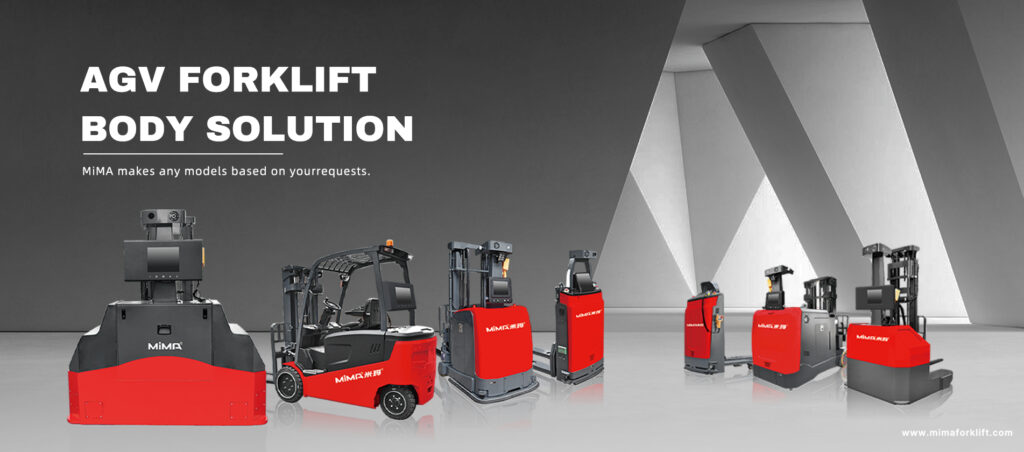
SLIM Series
The SLIM series of AGV forklifts from Mima are designed for narrow aisle applications, offering exceptional maneuverability and efficiency. Key features include:
- Compact Design: The SLIM series is designed to operate in narrow aisles, making it ideal for warehouses with limited space. The compact design allows for efficient use of storage space and improved workflow.
- High Performance: Despite their compact size, the SLIM series offers high performance, with powerful motors and advanced control systems. This ensures fast and efficient operation, even in challenging environments.
- Safety Features: The SLIM series is equipped with advanced safety features, including collision avoidance systems and emergency stop mechanisms. This ensures a safe and reliable operation, reducing the risk of accidents and damage.
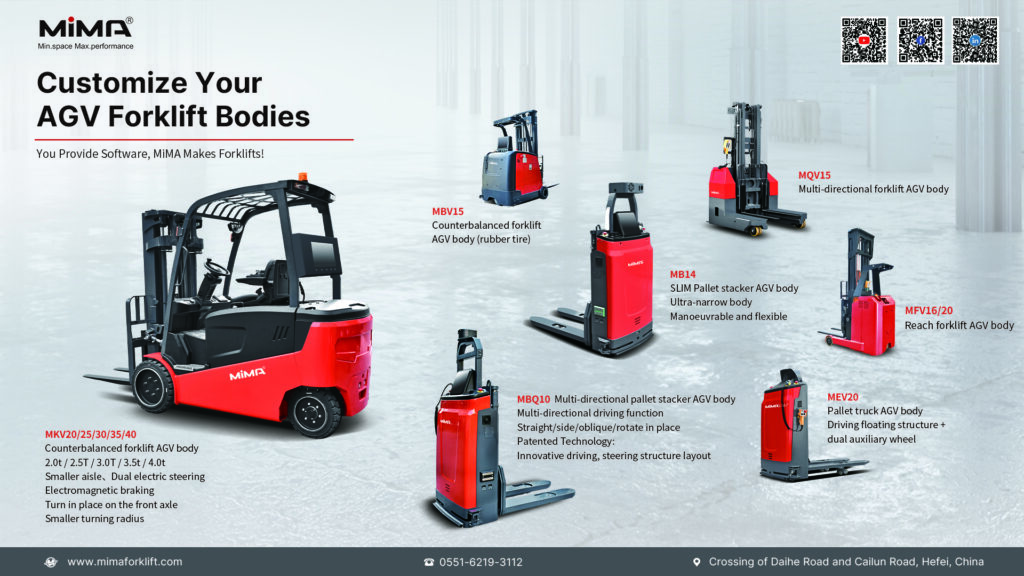
MEV Series
The MEV series of AGV forklifts from Mima offers a balance of performance and cost-effectiveness, making it an attractive option for a wide range of applications. Features include:
- Robust Construction: The MEV series is built to withstand the rigors of daily use, with a robust construction that ensures long-term reliability.
- Advanced Control Systems: Equipped with advanced control systems, the MEV series offers precise control and smooth operation. This ensures accurate handling of goods and improved efficiency.
- Customizable Options: Mima offers a range of customizable options for the MEV series, allowing companies to tailor the forklifts to their specific needs. This includes different load capacities
